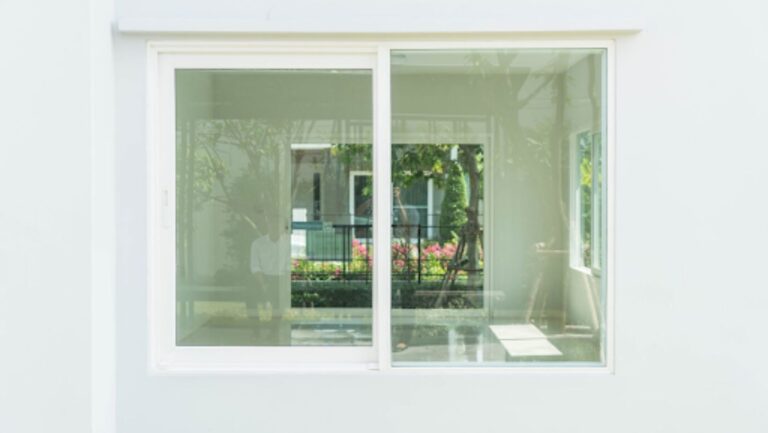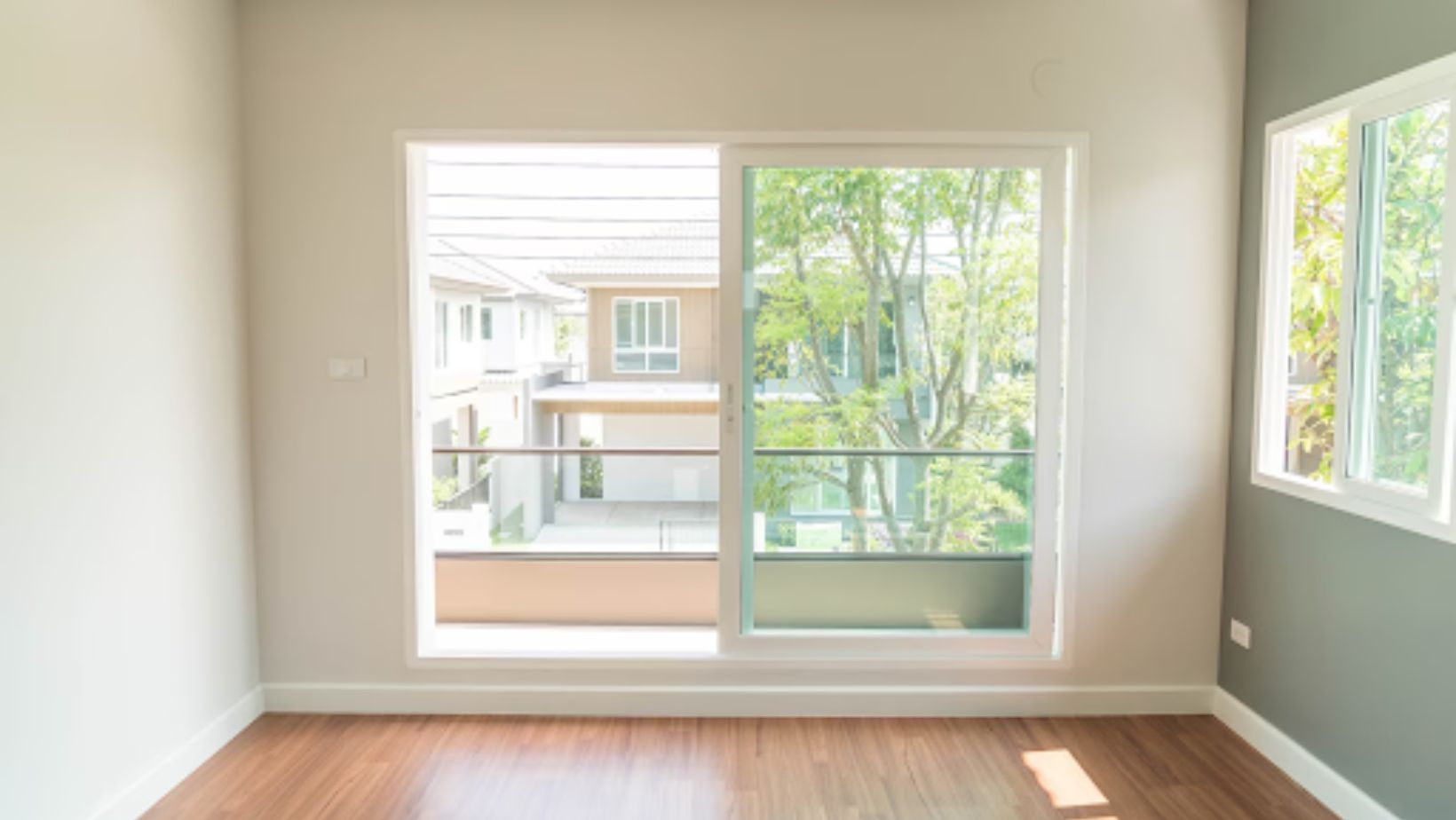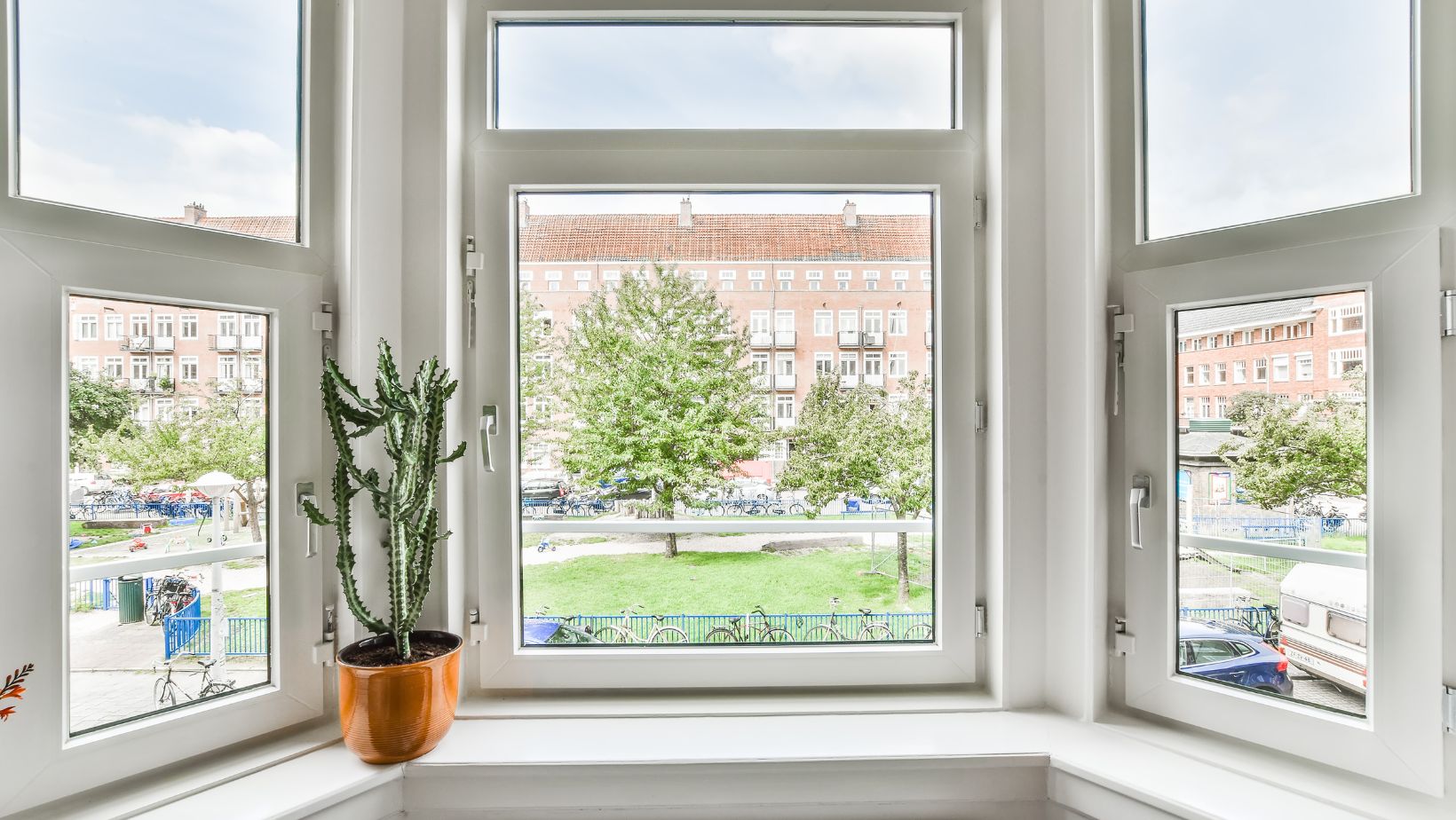Last Updated on February 5, 2025 by pm_author_91ksj
Maximize your home comfort & savings with our energy-efficient window shades & blinds. The perfect blend of function & style.
Energy-efficient window shades and blinds offer various benefits for homeowners. They help regulate indoor temperatures by blocking heat in summer and retaining warmth in winter, leading to reduced energy consumption. This lowers utility bills and improves comfort levels indoors. Additionally, they provide privacy and aesthetic appeal, offering light control without compromising on style. Overall, investing in these products is a smart choice for sustainable living and adds value to the home.
Energy efficiency is increasingly important, as it helps reduce energy consumption and minimize environmental impact. Window shades and blinds optimize energy use by regulating indoor temperatures, which lowers utility costs while contributing to a sustainable future. In the context of climate change, adopting energy-efficient practices helps reduce the impact of fluctuating energy prices and promotes economic stability. Prioritizing energy efficiency helps meet environmental goals and enhances the quality of life globally.
Understanding Energy-Efficient Window Shades and Blinds
Energy-efficient window shades and blinds are designed to regulate indoor temperatures by reducing heat gain in summer and retaining warmth in winter. They use advanced materials, insulation techniques, or reflective coatings to reduce the need for heating and cooling systems. These products block UV rays while allowing natural light to enter, reducing reliance on artificial climate control, lowering utility bills, and decreasing environmental footprints.
Several types of energy-efficient shades and blinds are available to meet different needs. Cellular shades trap air in their honeycomb structure, offering good insulation. Roller shades, made from various fabrics, block UV rays while controlling light. Roman shades combine elegance and energy savings with layered material options. Exterior roller screens prevent heat from entering the home. Each type offers comfort, energy conservation, and aesthetic appeal.
Making the Right Selection: Factors to Consider
Window shades and blinds are made of different materials, each with distinct benefits. Fabric provides warmth and texture, wood offers natural beauty and durability, vinyl is moisture-resistant, and aluminum is low-maintenance and sleek. These materials impact aesthetics, light control, and insulation. Choosing the right material can enhance a room’s look and serve practical purposes like energy efficiency and privacy.
The dimensions and compatibility of windows are also essential for proper installation. Accurate measurements ensure the new blinds fit seamlessly into the existing window openings. Incorrect sizing can result in gaps or improper sealing, affecting energy efficiency and performance. It’s advisable to consult with professionals who can assess the area and recommend the appropriate window sizes for an optimal fit.
Aesthetics and design focus on creating visually appealing and functional spaces. Good design balances form and function, with aesthetics contributing to attractiveness through color, shape, texture, and style. These concepts shape how people engage with their surroundings, influencing their experiences.
Energy efficiency ratings, often called certificates, assess how effectively products use energy. These ratings help consumers make informed decisions about energy consumption and guide them toward sustainable choices that lower utility bills and environmental impact. Understanding energy efficiency ratings promotes responsible usage and encourages manufacturers to improve the energy performance of their products.
The Role of Energy-Efficient Window Shades and Blinds in Green Homes
Energy-efficient window shades and blinds are crucial in the development of green homes. They reduce energy consumption and optimize resource use. These window treatments include advanced insulation materials, smart devices for monitoring usage, and energy-saving appliances that minimize reliance on traditional power sources. Integrating renewable energy systems like solar panels further enhances sustainability efforts. These innovations lower carbon footprints and provide long-term savings through reduced utility costs.
The link between energy-efficient window coverings and environmental sustainability is becoming more recognized. These products help reduce energy consumption by improving insulation and decreasing reliance on heating and cooling systems. As a result, greenhouse gas emissions are reduced, making them an eco-friendly choice. By incorporating energy-efficient blinds into homes, individuals contribute to sustainable living while improving comfort and style.
FAQs
Do shades and blinds help with electric bills?
Shades and blinds can reduce electric bills by controlling sunlight and indoor temperatures. In summer, they block heat from entering the home, reducing the need for air conditioning. In winter, they help retain warmth indoors, keeping cold drafts at bay. By managing natural light and airflow, blinds help save money and enhance energy efficiency throughout the year.
Do window shades save energy?
Window shades save energy by improving insulation. They block sunlight during hot days, keeping indoor spaces cooler and reducing air conditioning needs. In colder months, they prevent heat loss, helping to retain warmth indoors. Light-colored shades reflect sunlight, further enhancing energy efficiency. Overall, using window shades supports comfort and lowers utility bills.
Are energy-efficient shades and blinds worth it?
Energy-efficient shades and blinds can be a good investment for homeowners seeking to lower energy bills and increase comfort. These blinds help regulate indoor temperatures by reducing heat loss in winter and blocking solar gain in summer, improving energy efficiency. While they may have a higher initial cost, the long-term savings on heating and cooling expenses make them worthwhile.





